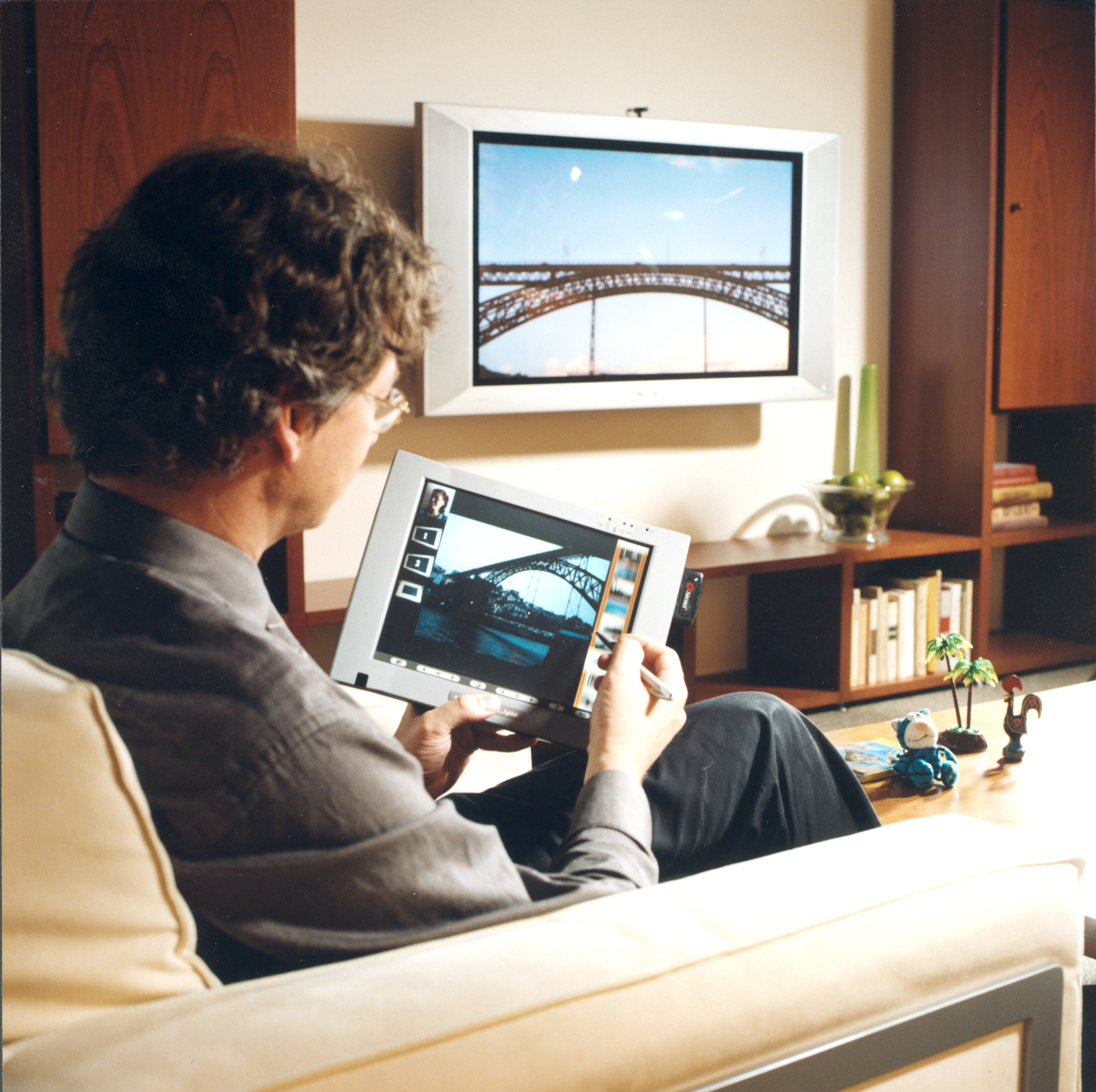Interview: Philips on what's next for the digital home
But standards and simplicity are still missing

As the head of R&D for Philips, Johan van de Ven ought to know what’s going to happen in the technology market. We asked him to give us his predictions for the future of home and mobile entertainment.
Now we’ve all got flat screens and HD systems, what’s next? Will we all be putting a PC in the living room? If you look at connectivity in the home - the jury is still out. But in general, we still have a few big hurdles especially for internet connected products and wireless connectivity in the home. What a consumer is still looking for is the value proposition - what is in it for me?
But probably even more important is how do I operate it in a simple way? People are puzzled - they are actually taken aback by the complexity of setting things up. Sometimes it works flawlessly and you are pleasantly surprised, but mostly it’s still a job that requires lot of attention, a lot of time, a lot of manuals - which I think is keeping us back.
Why is connectivity still so tricky?
Standards are still not mature everywhere. There’s the 11s [802.11 wireless standards] but also something as simple as HDMI. HDMI is more or less a standard but in the new versions there are still disputes among the founders, what exactly should be in and what’s not, and that doesn’t make life easier for consumer.
And what’s the Philips solution?
We have to create more simplicity and better user interfaces. The PC has become an intrinsic part of the equation. But the PC is almost a synonym for complexity. It’s difficult to set up. When you plug all the cables then the misery starts. The moment people have to start looking for the manuals you know you have missed the opportunity.
If you browse through the manual of a Philips product in the future, you will still be able to find out which connectivity standards it uses - 802.11 g, a, b, n, or anything else - but you will have to browse through and look for the technology specs. Consumers shouldn’t have to care.
What services do people want? Is the digital home still about music and video and TV – or is it home automation and remote control?
In the US most households now have more than one set top box in the home; with DirecTV the average is three. People want to have one of these boxes and connect them up wirelessly and connect the other rooms through this one central point.
Sign up for breaking news, reviews, opinion, top tech deals, and more.
I have a lot of MP3 music on the hard disk and I have some sort of a home network - but I still have problems making it work all the time which means I'm copying USB disks all the same time.
Consumers would like access to their music from all the rooms in their home from the same source where it’s being managed. With multimedia we’re further along the learning curve than home automation and control but there’s also energy and sustainability.
The user interface for all of this is going to be very important. If you want to manage your music and video content from another room then you have to have the user interface to browse and to stream; user interface and remote control is very much part of the solution.
And that’s true for home automation. Lighting, climate, temperature in your home, maybe even moisture control, multimedia content, security - they can all go through the same system. I absolute see this coming. But we’re missing the standards, we’re missing the ecosystems and we’re missing the business models.
Are mobile phones going to become music players and portable TVs? Are we going to connect them in the living room?
I have a [Nokia] N95 and I use my phone as an MP3 player which is a trend - most people will be doing that in the future. We have worked with Nokia but it’s extremely challenging to make this really work.
Flash is growing at an amazing rate; 8GB storage sticks are becoming normal, soon it will be 16 and 32GB. You’ll have unlimited storage on the flash memory - why shouldn’t you be able to use your mobile phone as your NAS?
You can enjoy video wherever you have a screen to enjoy it. There’s TV content that’s relevant on the go - news flashes, certain long tail content, YouTube clips. There’s already video on mobile phones. But people want to really enjoy premium video in an environment where you have everything you want.
We want to bring something more than just a TV picture, to try to create a total experience in the TV room or the media room or the home cinema. It’s also about light and sound and video. TV on your mobile - would you pay for a subscription? Will you look at ads? Will there be TV on mobile - there will. Is it the same TV experience as TV at home – no.
Mary (Twitter, Google+, website) started her career at Future Publishing, saw the AOL meltdown first hand the first time around when she ran the AOL UK computing channel, and she's been a freelance tech writer for over a decade. She's used every version of Windows and Office released, and every smartphone too, but she's still looking for the perfect tablet. Yes, she really does have USB earrings.